During these darkest days of the year, it's easy to feel a little nervous or even a little scared because of those days when it seems like the sun never rises. The shops may be decked out in tinsel and bright colors, but perhaps there is a reason why we go out of our way to fill this time of year with so much light and noise: because if we allow ourselves to be completely immersed in the abundance of darkness and silence, we may be haunted by whatever is lurking there.
On the other hand, in the darkness we may find another, more enriching view of this time of year. Mythical creatures(Mon-Fri, Radio 4) is a series that gives just such an opportunity. A look into the dark side of the British psyche, the series is a deep and complex palate cleanser amidst all the pomp of Christmas. Presented with an inspiring interest in magic by science fiction writer Rhianna Pratchett and directed with verve and vivid imagination by Lorna Scingley and Sarah Harrison, each episode focuses on a different legendary creature said to haunt some of the darkest corners of the British Isles.
So in the first episode we were in Suffolk, following the trail of a huge black dog that is said to roam the moors. Black Shuck is one of the names of the legend about a huge, shaggy and vicious perverted dog, which is most often considered man's best friend; the legend also takes the form of Grim, a black dog said to haunt churchyards. Pratchett traveled to Bungay in Suffolk, where she heard from storytellers and folklorists about metaphorical interpretations of the black dog as an omen of death, to be resisted and defied. We also heard about the modern connection, most famously thanks to Winston Churchill, between a black dog and symptoms of depression.
Rhianna Pratchett is the daughter of the late Terry Pratchett, himself a legendary figure of British fantasy both during his lifetime and after his death in 2015. Rihanna mentions her father frequently in the series. For example, in the second episode about dragons, she mentions how Terry received a toy dragon as a gift when he was knighted so that he would have something to fight with. As a result, the entire series seems steeped in heritage: Rihanna's own family connections to storytelling and fantasy, and, more broadly, the literary and mythical legacy of British folklore and storytelling in general.
She hears myths and legends from local storytellers across the country, including the Scottish Borders, Northern Ireland, Shetland, the North York Moors and the Welsh Highlands, creating the feeling that these islands are full of magical literary treasures. In particular, I loved how the series connects fairy tales to real human experience, connecting them to personal hardships and tragedies, so that folklore tradition becomes a holistic means of understanding some of life's darkest periods.
The series will continue over next two weeks, and it's the most mystical and eerie entertainment for the shortest days of the year: a welcome retreat from the noise of the season without plunging too far into darkness.
 Fine art photographer Harry Fabian Miller has spent his entire life exposed to chemicals in a dark room. Photo: Rich Dyson/Alamy
Fine art photographer Harry Fabian Miller has spent his entire life exposed to chemicals in a dark room. Photo: Rich Dyson/Alamy
A Dying Wish(Wednesday, Radio 4) is another non-Christmas show that captivated me this week. This excellent and thought-provoking documentary by producer Beatie Reubens examines the question of whether we can move away from our international industrial dependence on modern toxic chemical dyes in products and instead begin to rely again on the ancient natural dyes that our ancestors once again used . The project is inspired by visionary fine art photographer Harry Fabian Miller, who is sadly now suffering from bladder cancer after a lifetime of exposure to toxic darkroom chemicals used in his work.
The processes used to produce and use toxic chemical dyes in a wide variety of circumstances can have devastating consequences for humans and the environment. So Miller's visionary Three Acres of Color project, based on a farm in Wiltshire, aims to try to reverse the global obsession with harmful chemical dyes. The farm intends to commercially grow plants used for the production of natural dyes, using traditional methods to obtain the three main colors: woad, weld and madder to produce blue, yellow and red.
Continuous plant growing and production process dyes with touching, delicate beauty are captured by Rubens, and Emily Levy — with sublime music based on the songs of larks that naturally breed in the fields where dye plants grow.
< p>It was a very hopeful and touching work, dying and being painted at the same time, with sounds that made me see colors in a whole new way.





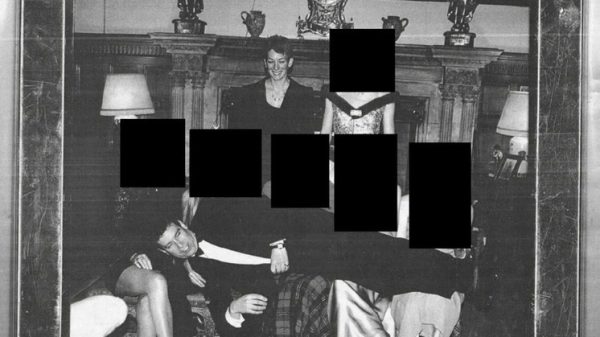




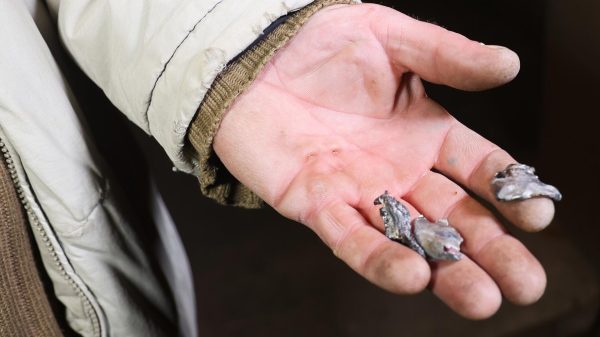


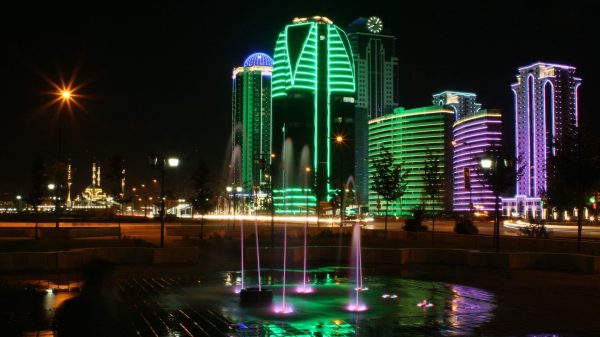





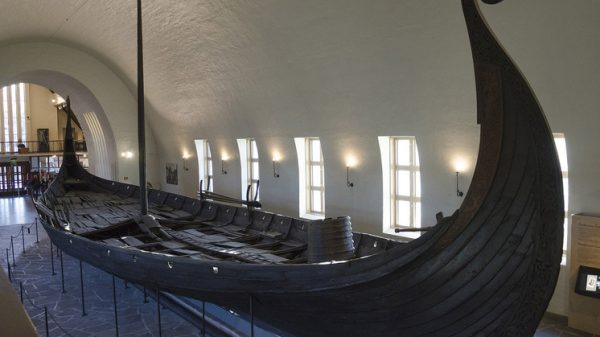
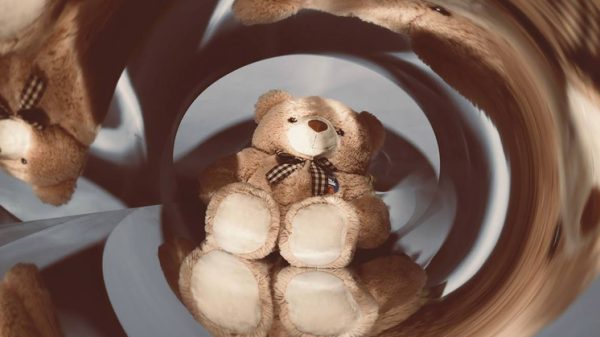











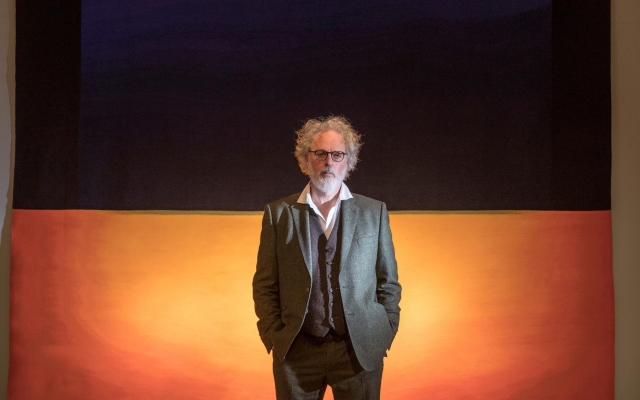






















Свежие комментарии